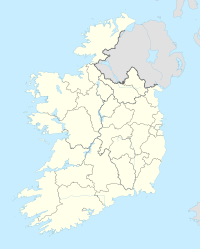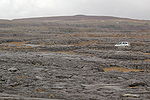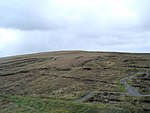The United Nations Educational, Scientific and Cultural Organization (UNESCO) World Heritage Sites are places of importance to cultural or natural heritage as described in the UNESCO World Heritage Convention, established in 1972. [1] Cultural heritage consists of monuments (such as architectural works, monumental sculptures, or inscriptions), groups of buildings, and sites (including archaeological sites). Natural features (consisting of physical and biological formations), geological and physiographical formations (including habitats of threatened species of animals and plants), and natural sites which are important from the point of view of science, conservation or natural beauty, are defined as natural heritage. [2] Ireland ratified the convention on 16 September 1991. [3]
Contents
As of 2021 [update] , Ireland has two sites on the list, and a further seven on the tentative list. [3] The first site listed was Brú na Bóinne – Archaeological Ensemble of the Bend of the Boyne, in 1993. The second site, Skellig Michael, was listed in 1996. Both are cultural sites, as determined by the organisation's selection criteria. All tentative sites have been nominated in 2010. [3]












